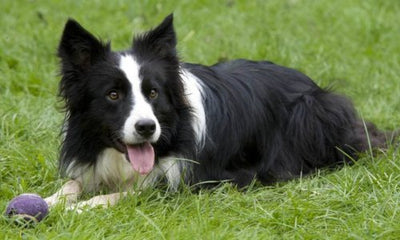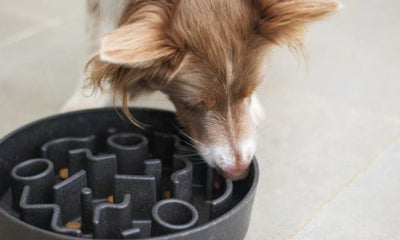Stick insects, also known as phasmids, are fascinating creatures that make unique and low-maintenance pets. Their docile nature and intriguing appearance make them an excellent choice for both beginners and experienced insect enthusiasts. In this guide, we'll walk you through the essential aspects of stick insect care to ensure your pet thrives in its environment.
Housing
Stick insects require a spacious and well-ventilated enclosure. A tall container with mesh sides or a custom-made terrarium is ideal. The Insectimo Pod is the perfect habitat for your Stick Insect to live and relax in. It has flexible mesh sides, and plenty of space inside for them to move around. You should always ensure that the gaps in the mesh are small enough to prevent escapes.
You will also need to use a substrate at the bottom of the enclosure to mimic the insect's natural environment. The substrate should retain moisture without becoming waterlogged. Insectimo Bed Base will provide your Stick Insect with a clean and comfortable enclosure that reflects their natural environment. This bed base is made from coconut peat and sand.
Finally, you should fit the enclosure with some climbing apparatus such as branches, twigs, or artificial plants for climbing and moulting. Ensure that these surfaces are securely anchored to prevent falling.
Temperature and Humidity
Stick insects thrive in a moderate temperature range, typically between 20-25°C . Use a heat source if necessary, but avoid direct exposure to heat lamps. The Insectimo Light Capsule is a low voltage light that keeps your stick insects' habitat warm and comfortable, in particular during the colder months of the year.
In addition to light, maintaining a humidity level between 60-70% is crucial for stick insects, especially during moulting. Light misting of the enclosure can help achieve the desired humidity. You should monitor the humidity in the enclosure through the use of a Hygrometer.
Diet and supplements
Stick insects primarily feed on a variety of leaves. Different species have preferences, so research and provide the appropriate leaves for your specific type. Common choices include bramble, rose, oak, and privet. Occasionally dust the leaves with a calcium supplement to ensure your stick insects receive essential nutrients.
Handling and Care
Handle stick insects with care, avoiding sudden movements. Remember that they are fragile creatures, and excessive handling can cause stress. Monitor your stick insects regularly for signs of illness, stress, or moulting difficulties. If you have multiple stick insects, isolate any individuals showing signs of illness to prevent the spread of disease. If you notice any abnormalities, seek advice from a veterinarian familiar with invertebrate care.
When your Stick Insect is moulting, you should provide them with a safe and quiet environment, as this is a vulnerable time for stick insects. Ensure there are adequate places for them to hang and moult without disturbance.
Cleaning
Regularly clean the enclosure by removing uneaten leaves and waste. This helps maintain a healthy environment for your stick insects.
Caring for stick insects can be a rewarding experience with the right knowledge and attention to detail. By creating a suitable environment, providing a balanced diet, and monitoring their well-being, you'll ensure your stick insects lead healthy and happy lives as captivating companions.
We hope this guide helps give you an understanding of the basic needs of a stick insect. All information in our care guides are based upon our own experience, and in any medical situations, you should always consult your vet.






